The other day in the podcast and over on Youtube I mentioned that I read a graphic novel and had no idea of how to accurately describe its content. It’s not that it was bad or poorly presented; it’s just that the subject matter was high level and required a second reading. Having said that, even after reading Neurocomic twice I’m still unable to tell you the details from memory, despite the fact that I enjoyed reading it both times. That is also quite ironic or appropriate, given the fact that Neurocomic is about the brain, memories, and how they’re made, or in my case, forgotten.
If you’ve ever wondered what a graphic novel from M.C. Escher would look like then this comes close to answering that. If you’re reading this and wondering who M.C. Escher this graphic novel could still be interesting to you. That’s because you know his art and the mind-bending effect that it has on you. To that end, Neurocomic is one of the most creative and out-of-the-box ways of planting the seed of curiosity for those who are curious about neuroscience. Now, raise your hands if you’ve ever wanted to study neuroscience.
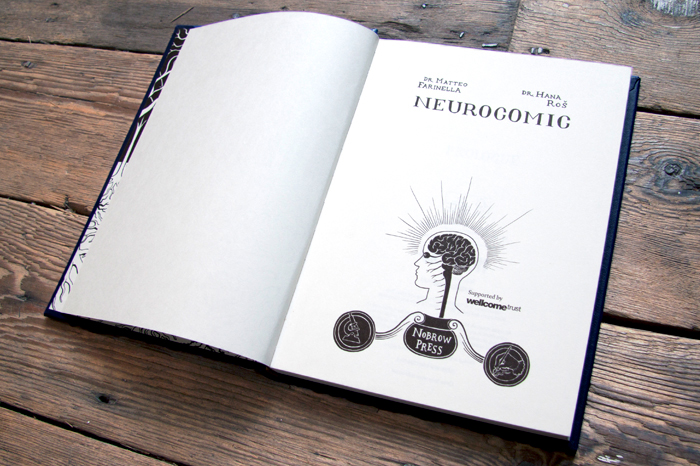
It’s possible that not many, if any middle school students at all, raised their hands, and that’s probably the main point behind Neurocomic. It’s a graphic novel that tells a story about a topic that very few students will preemptively ask for. The brain studies section in your middle school library isn’t exactly brimming over with engaging content for those curious ages. However, jump on in dear reader because Neuocomic is packed to the gills with surreal images, witty dialogue, and a plot that connects all of the dots.
The book is presented through the lens of a man. It starts out with him taking a walk in the park when suddenly he starts to levitate and gets transported onto the pages of that book. The book is then seen by a reader and the focus is taken through their mind and deposited in the base of their brain. The man looks up, wonders where he is, and only sees these large, trees-less trees that tower above him.
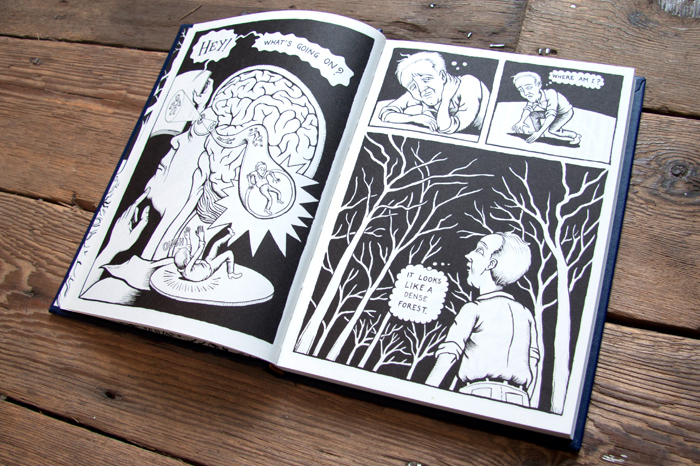
That setup is the most complex single thing in Nerocomic. Once you get past that head bender the plot is surprisingly simple for a book on a very complex subject. What happens after that depends on how far down the rabbit hole you want to venture. For example, each chapter has a different term associated with it, morphology, pharmacology, electrophysiology, plasticity, and synchronicity. If you read the graphic novel on its surface you’ll still enjoy it, have lots of questions when you’re done reading and have a couple of existing ones answered from an approachable viewpoint. However, the main takeaway is that it’s an enjoyable graphic novel that will make you think and serve as food for the curious mind.

I was teaching third-grade the other day and this group of boys said that comic books or graphic novels were for entertainment and not meant to be educational. A smaller cadre of this group followed it up by saying that they should have superheroes and feature lots of killing. After quickly calling child services on the ones that made the latter comments, I told them that a graphic novel was just a book, and just like any of the chapter books that they read would differ in their content. It was here when their eyes glossed over that I told the boys to finish their assignments and that recess would be canceled so that we could all spend more time in the library. *
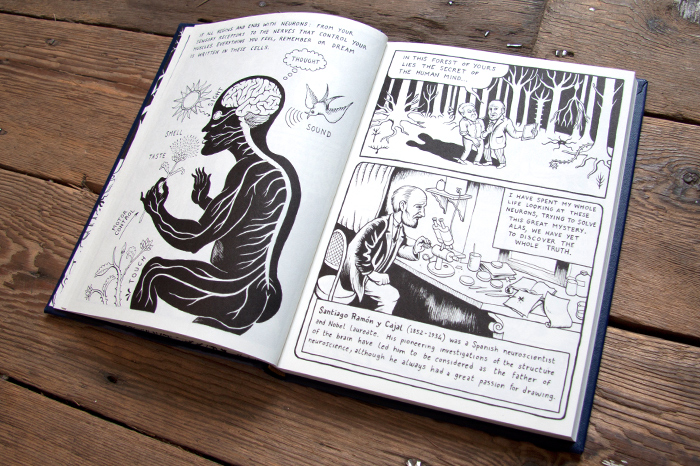
Neurocomic is a trippy, dreamy, fun-to-read graphic novel about how the brain does what it does. Much like the 10-year-old who optimistically thinks that every stick in their backyard is a dinosaur bone, it’s a topic that kids think about, but this is a category that seems out of bounds for kids to question or learn about. Neurocomic presents a large-scale view of the mind and breaks it down into a way that middle school students will be able to start to understand it. The graphic novel asks as many questions as it answers, but it also gives those ages and up the open-ended ability to realize that scientists are still learning about the brain. It’s that curiosity that young readers of a certain type will relish, spread all over their axons and neurons, and get about to solve its mysteries when they study medicine. To that end, there’s a recommended list of books at the end of this one that we’d bet aren’t as approachable as this one, but we’re curious.
Neurocomic is by Dr. Matteo Farinell and Dr. Hanna Ros and is available on Nobrow.
There are affiliate links in this post.

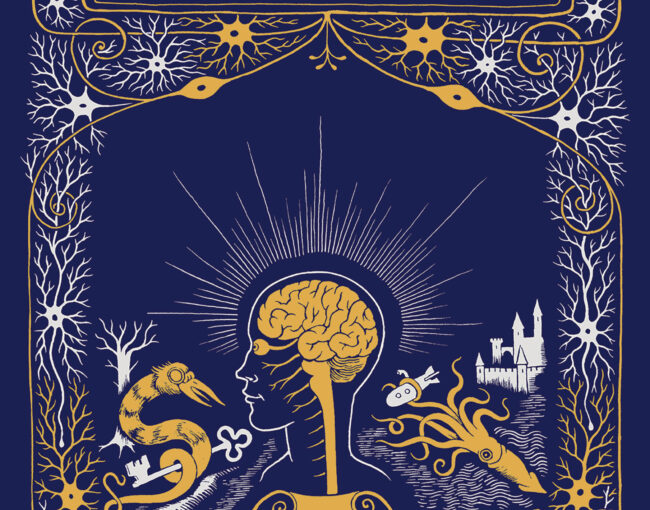
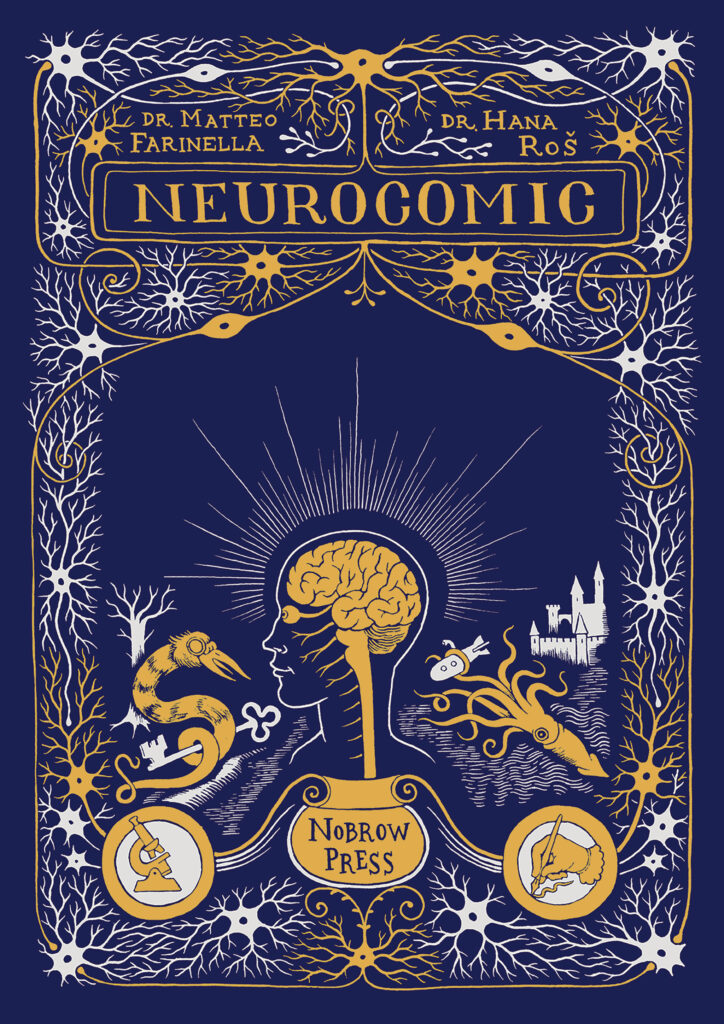



 Facebook
Facebook Twitter
Twitter Flickr
Flickr GooglePlus
GooglePlus Youtube
Youtube